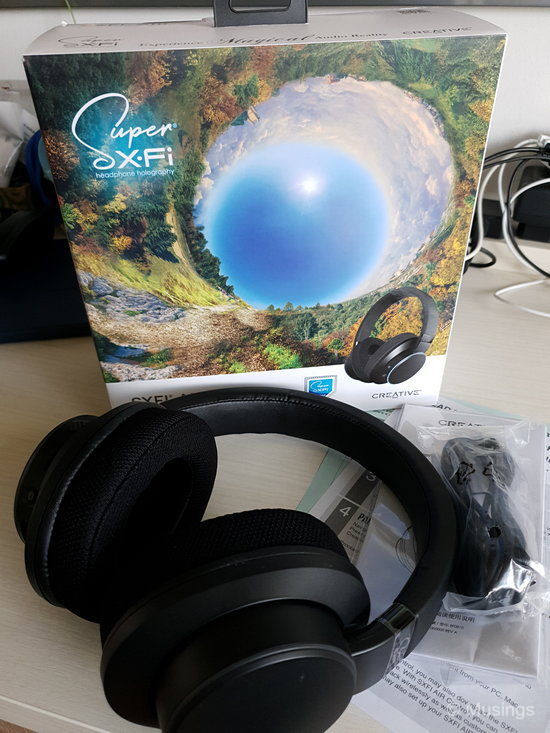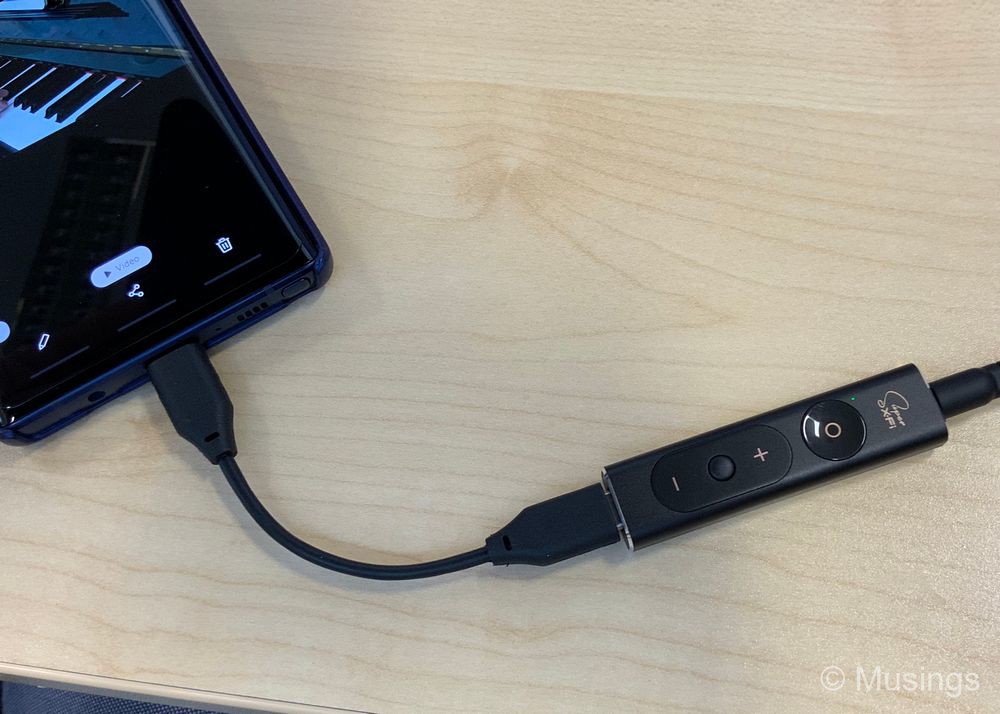I taught an introductory subject to computer games to freshmen classes for several years some time back. One topic of discussion centered on key turning points in video games, and one such would be the introduction of the Sound Blaster audio card as an expansion add-on to PCs from the late 1980s.
The company which created the Sound Blaster was of course Singapore’s very own Creative Technology, and the company became synonymous with gaming audio. The scene got competitive toward the end of the 1990s though, and the company seemed to dropped off most gaming enthusiasts radars. But their latest product – the Super X-Fi (SXFI) series – might just bring the company back to the forefront. The SXFI line of products was launched worldwide at CES2019 and clinched several technology awards there.

What’s it about then? Without getting too much into the technobabble part of it, the SXFI technology basically uses headphone holography to produce immersive audio to your personal headphones. There are three products in the initial line-up: a gaming-centered wired headphones and a Bluetooth-supported equivalent titled Air-C and Air, and an amplifier-version that comes very nicely bundled with a set of compatible headphones. The latter two were particularly of interest as they offered different advantages. I couldn’t decide which would fit my use-cases better, so I ended up buying both. Support local!
So, after a week of using the SXFI Air and also SXFI Amp devices on different products, my comments!
The set-up for both products both involve app/Windows software installation, including a bit that requires using your smartphone to scan your face – easy enough – and both your ears – in order to create a personalized head map. The latter ear scanning bit was crazy tough as I tried to contort my hand and arm to the right angle to align the smartphone camera against the wireframe guide that app produce. I all but gave it up and got Hannah to help me do it instead – and she finished it in just one second haha.
The SFXI Amp doesn’t require pairing since it’s finally a wired device, albeit for only USB-C and Micro-USB, though there should be workarounds for lightning port users on selected iPhones and iPads. Pairing of the SXFI Air was a lot more fiddly, with my smartphone and iPad Pro 11 taking alternate turns to really hunt for the Bluetooth pairing. But once it was recognized, it shows up readily thereafter when you turn on the Air to make a connection.
Your headmap profile can be stored in your Creative account and shared across devices. After scanning my head and ears, the profile showed up across the smartphone, tablet and PC.
The SXFI Air is pretty heavy. The padded cushioning on the ear cups are comfortable enough and don’t look it’s made of those felt material that will flake after a few months. The Aurvana SE headphones that are bundled with the SXFI Amp are much lighter, though I suspect the felt material might indeed degrade and flake.
The SXFI Amp has an additional advantage: it’s capable of amplifying the audio output that’s coming out of your smartphone. That’s a major benefit if you’re listening to personal audio in noisy environments and if your smartphone audio output level isn’t normally up to it.
The most important bit: is the audio any good? I’m not an audiophile, but both do offer significantly more immersive and spatial audio – though the Aurvana SE and Amp combination seems to provide a more intimate soundscape, while the Air is capable of producing very slightly deeper basses. For music, the improved audio space definitely helps in separation for ensemble and orchestra music: it’s quite refreshing to finally be able to hear clearly different instruments and detailing that I didn’t hear before without this amp – though I still don’t quite get the sense that I’m sitting in a theater listening to an orchestra. The sense of my being in a theater is more apparent for films and videos. In fact, it’s actually disconnecting to watch a Netflix show like Star Trek Discovery on a small iPad Pro 11 screen and get theatrical audio via SXFI while at it LOL.


In short, I’m sold. These are incredible devices, and at pretty good price-points too. I reckon that the SXFI Amp version will likely be a safer option for most people, as long as you don’t mind that you’d get a dongle sticking out of your smartphone, like in the picture above. The SXFI-compatible Aurvana SE headphones that comes bundled with it – it normally retails for SGD99 – is a great sweetener too!
Recent comments